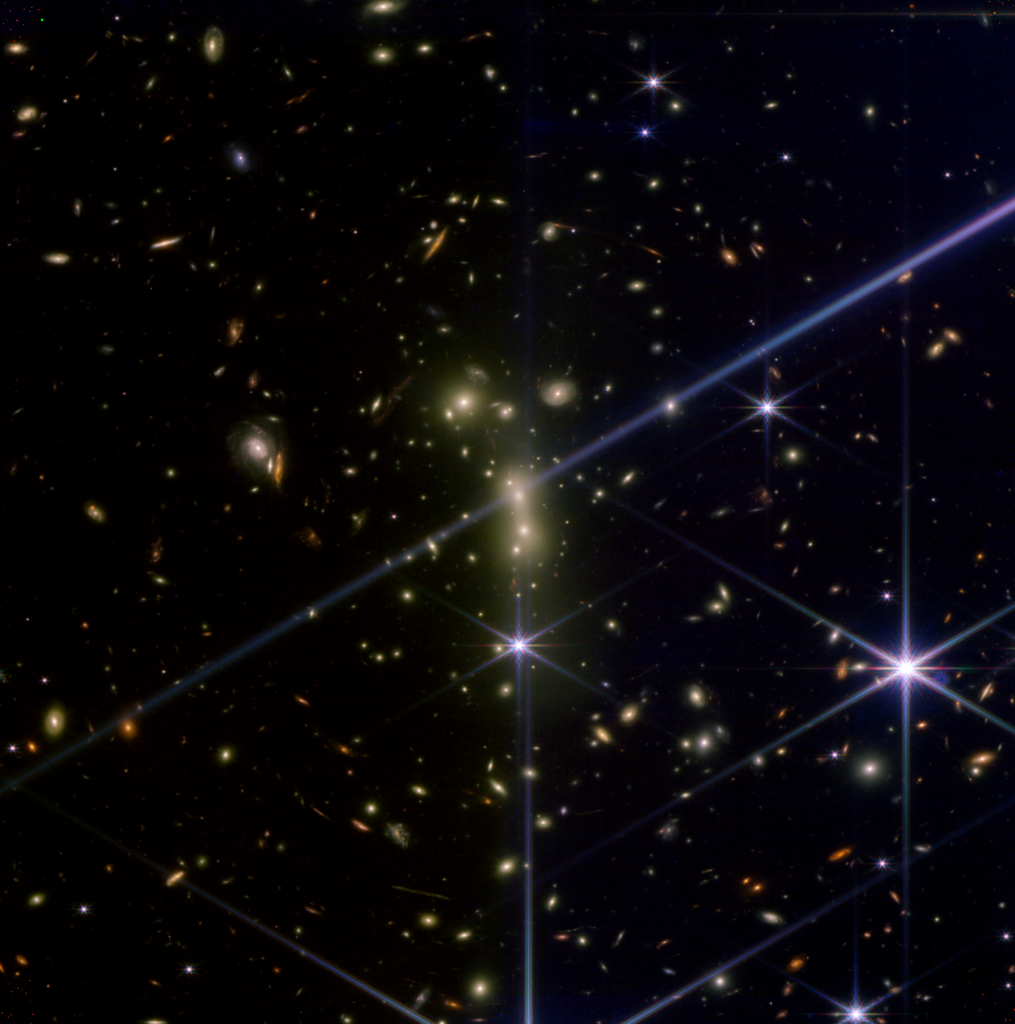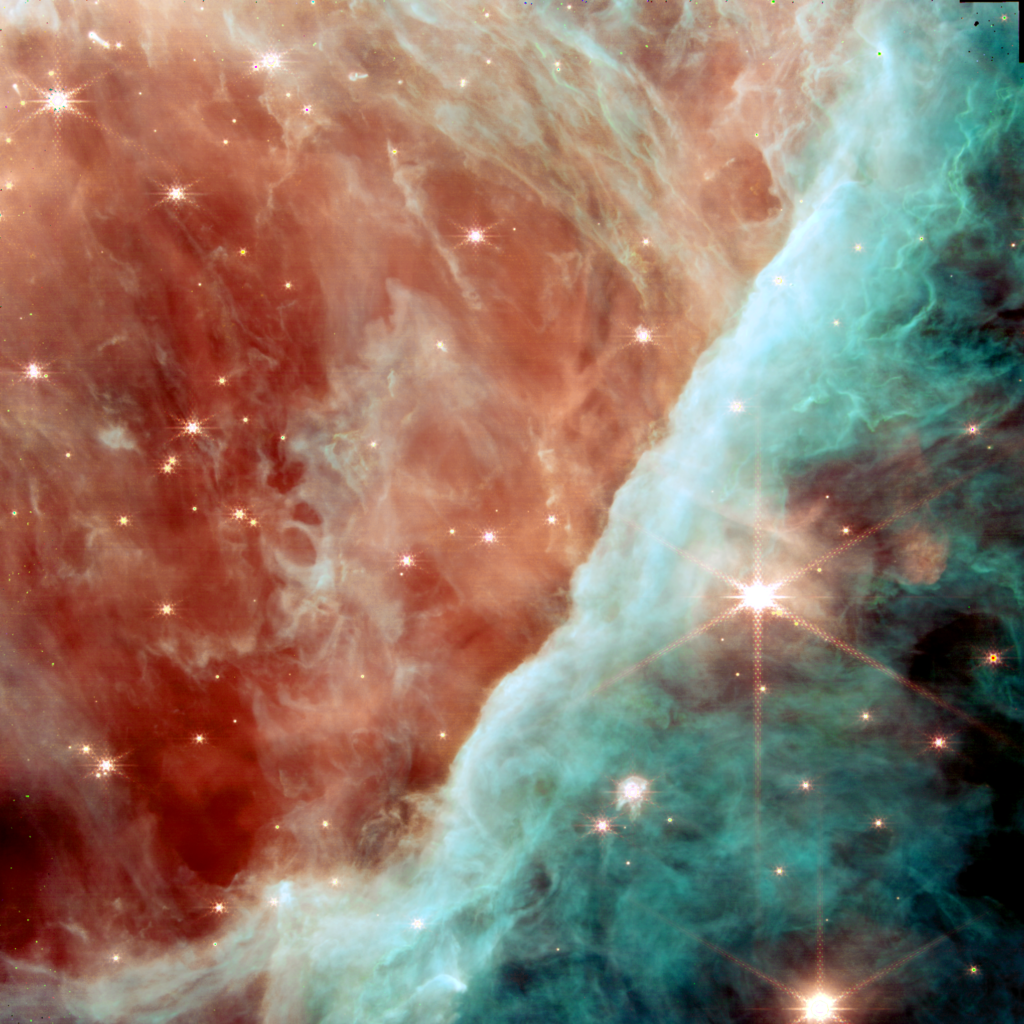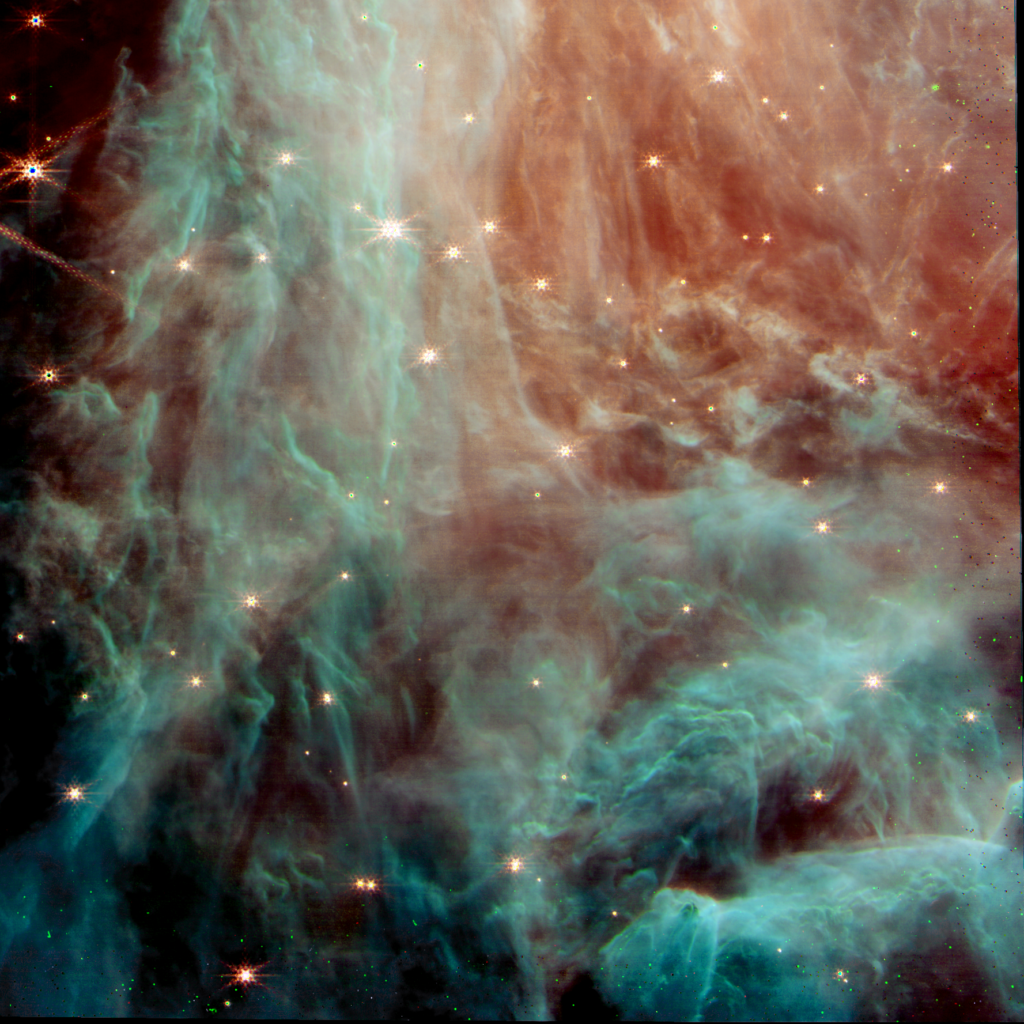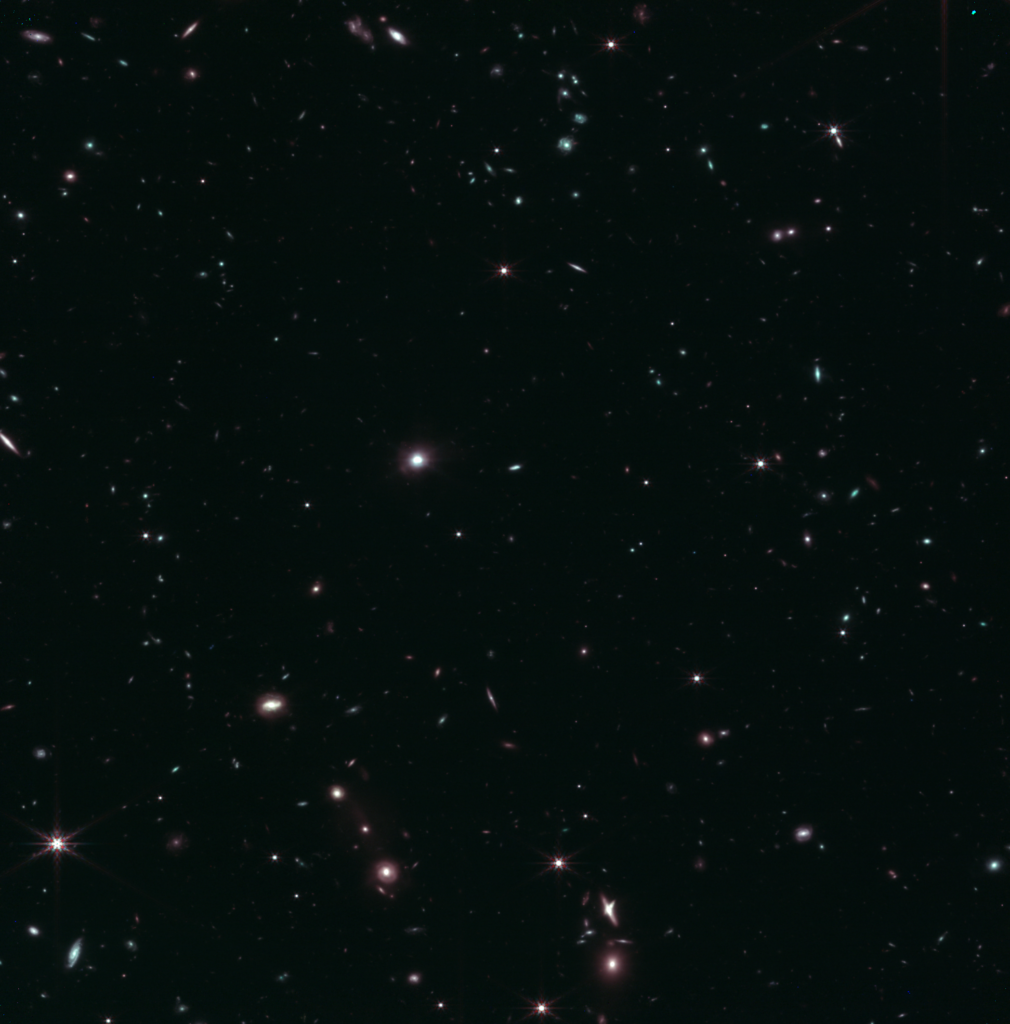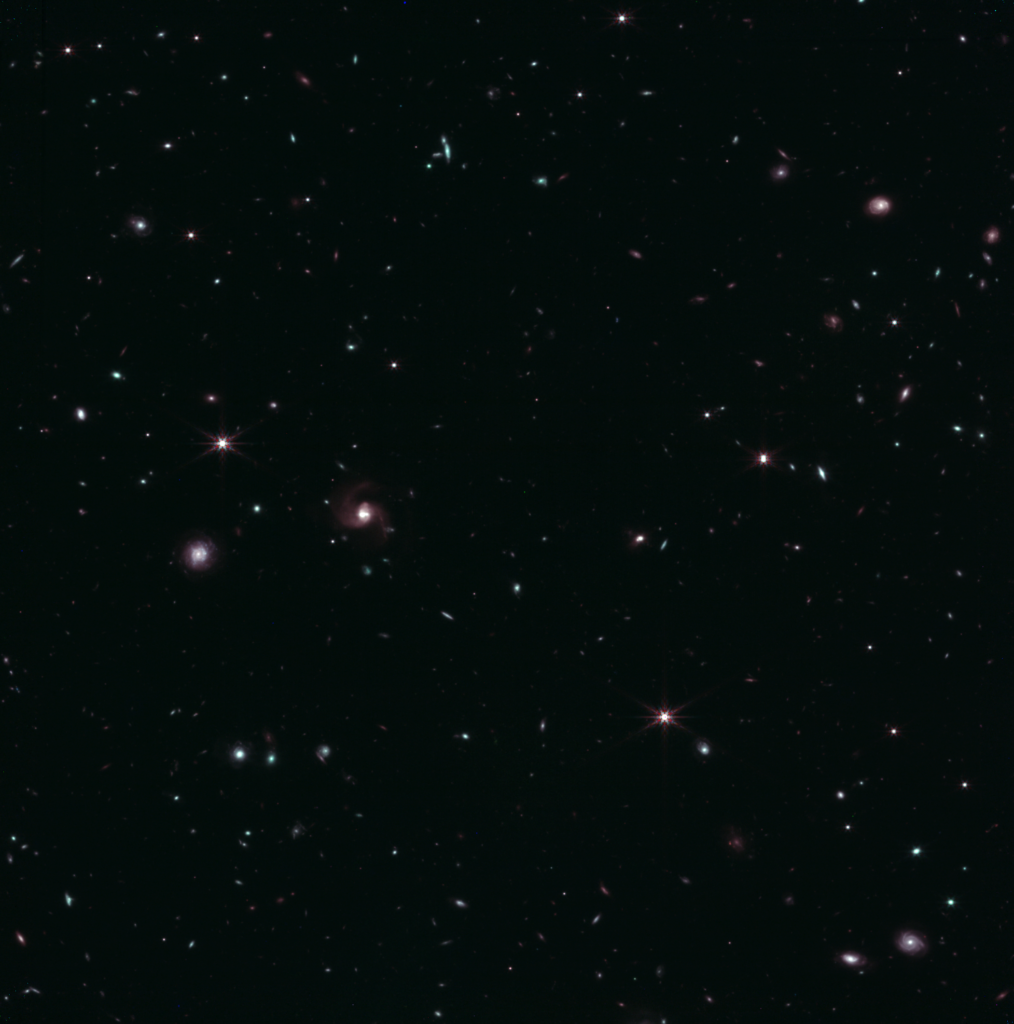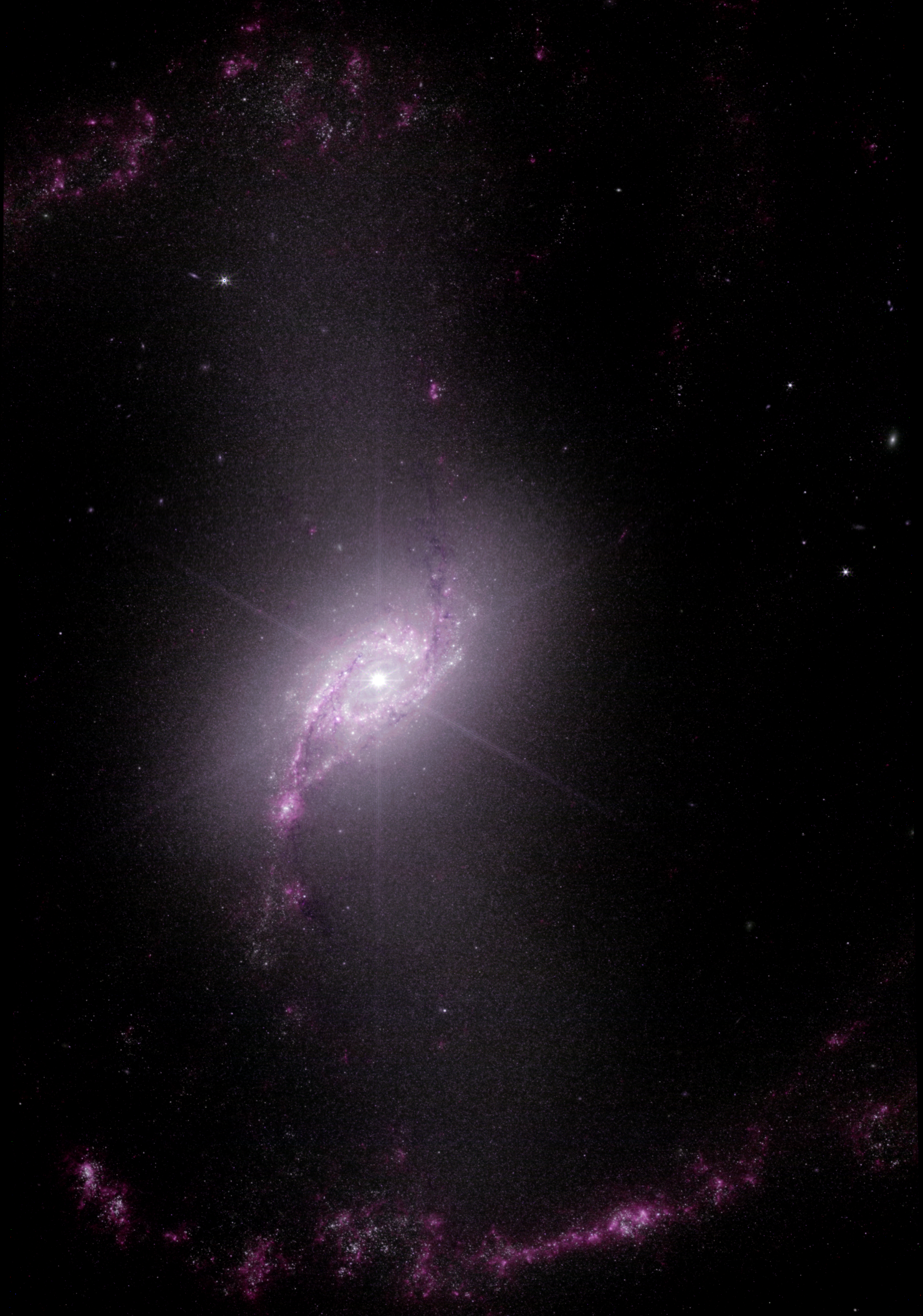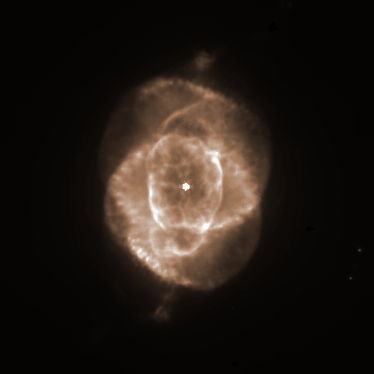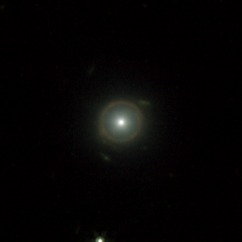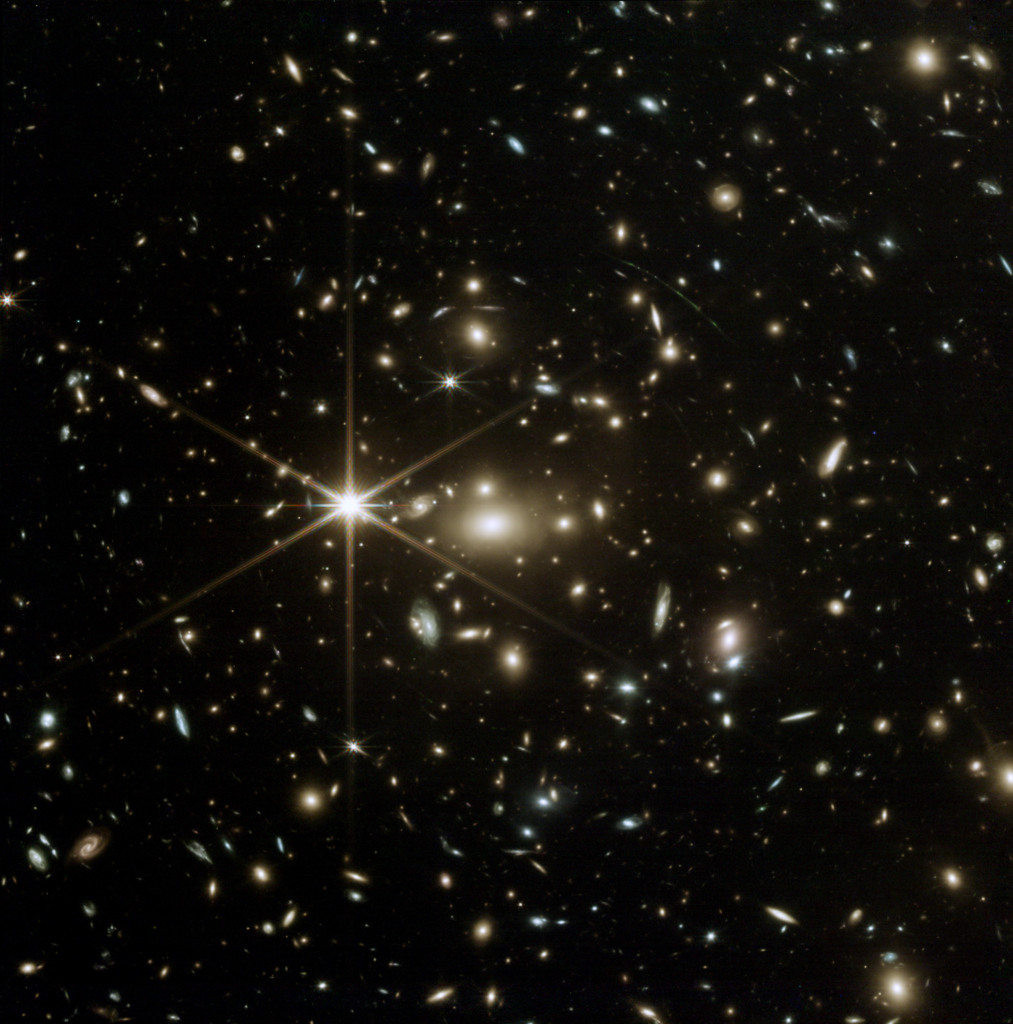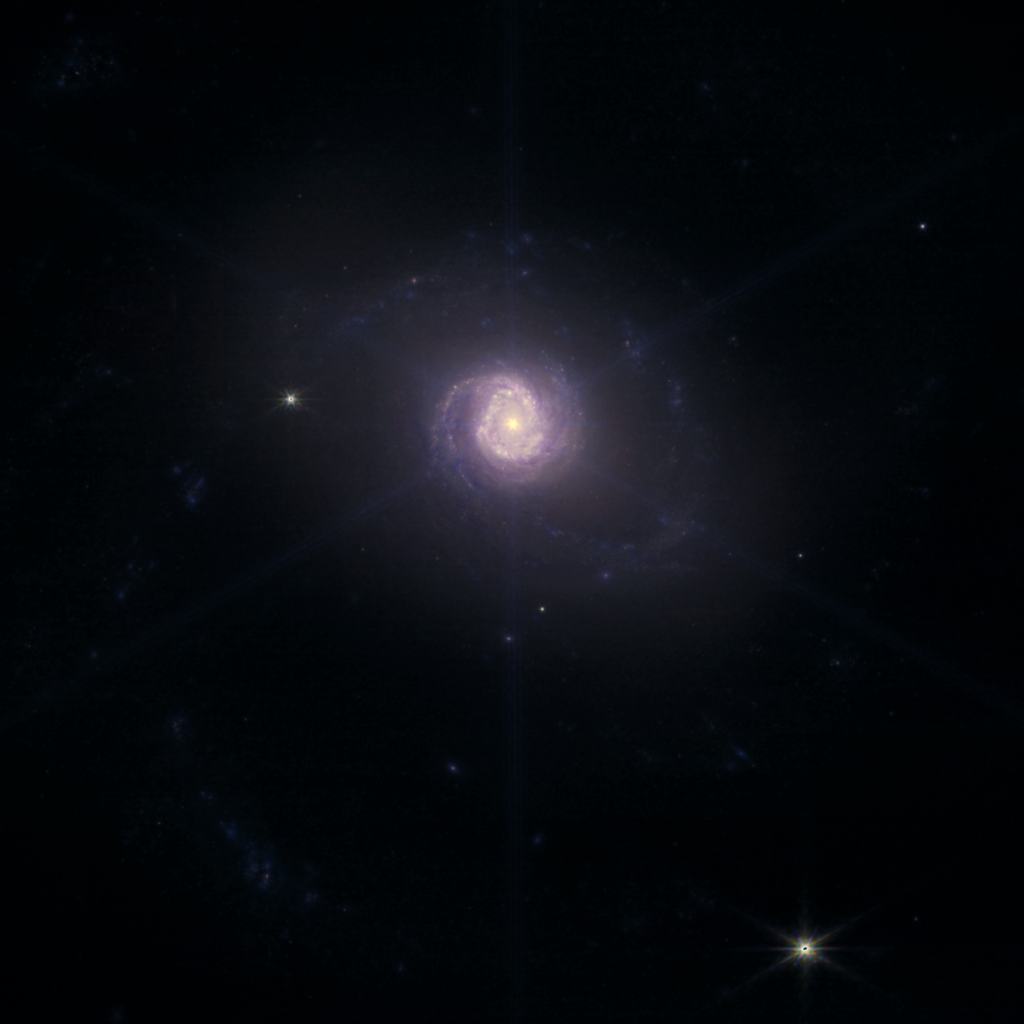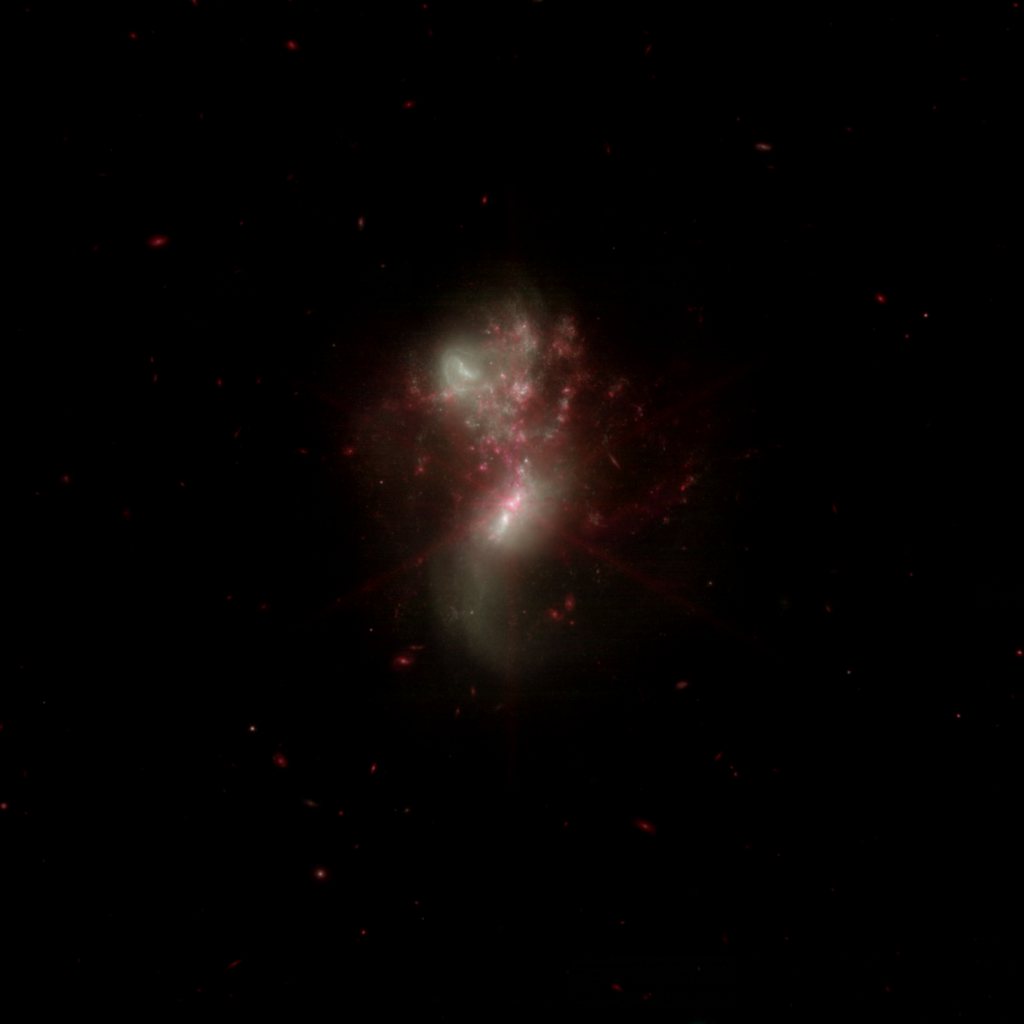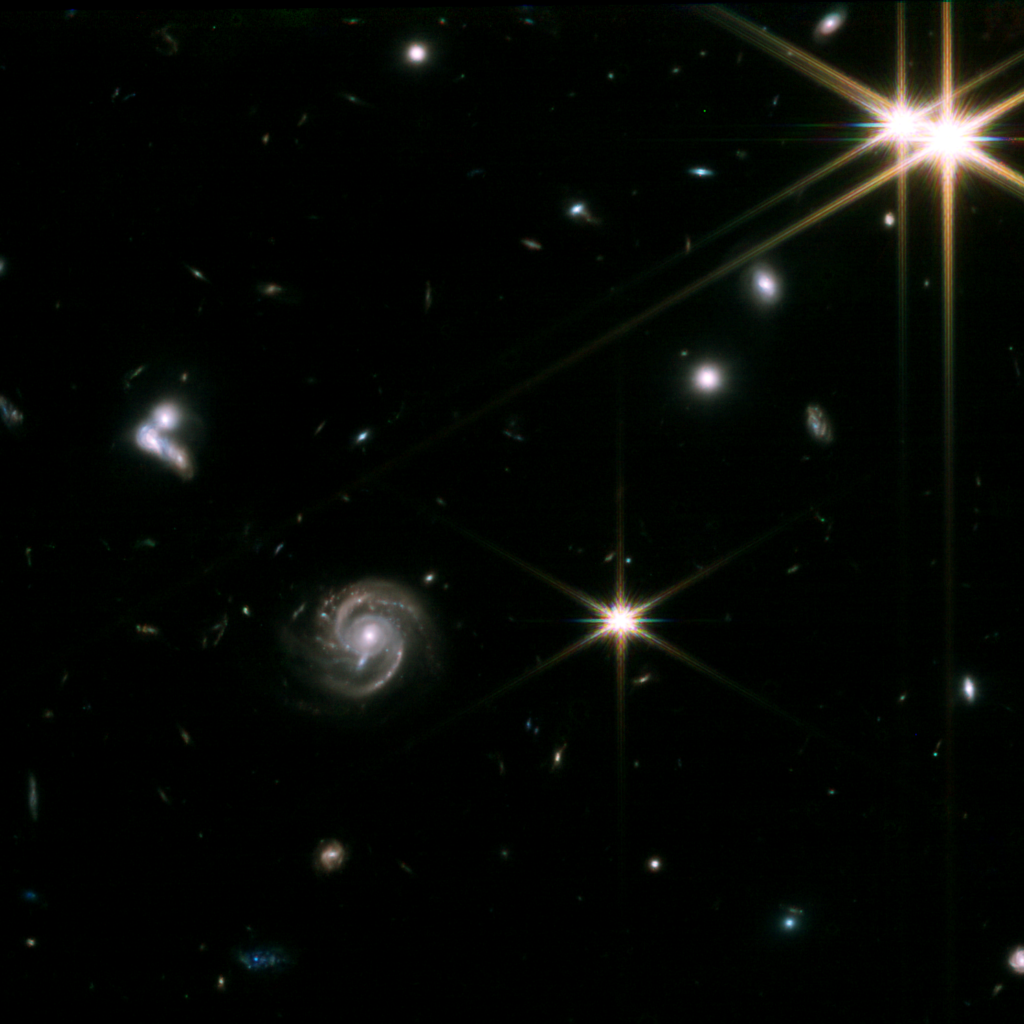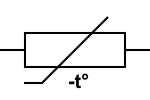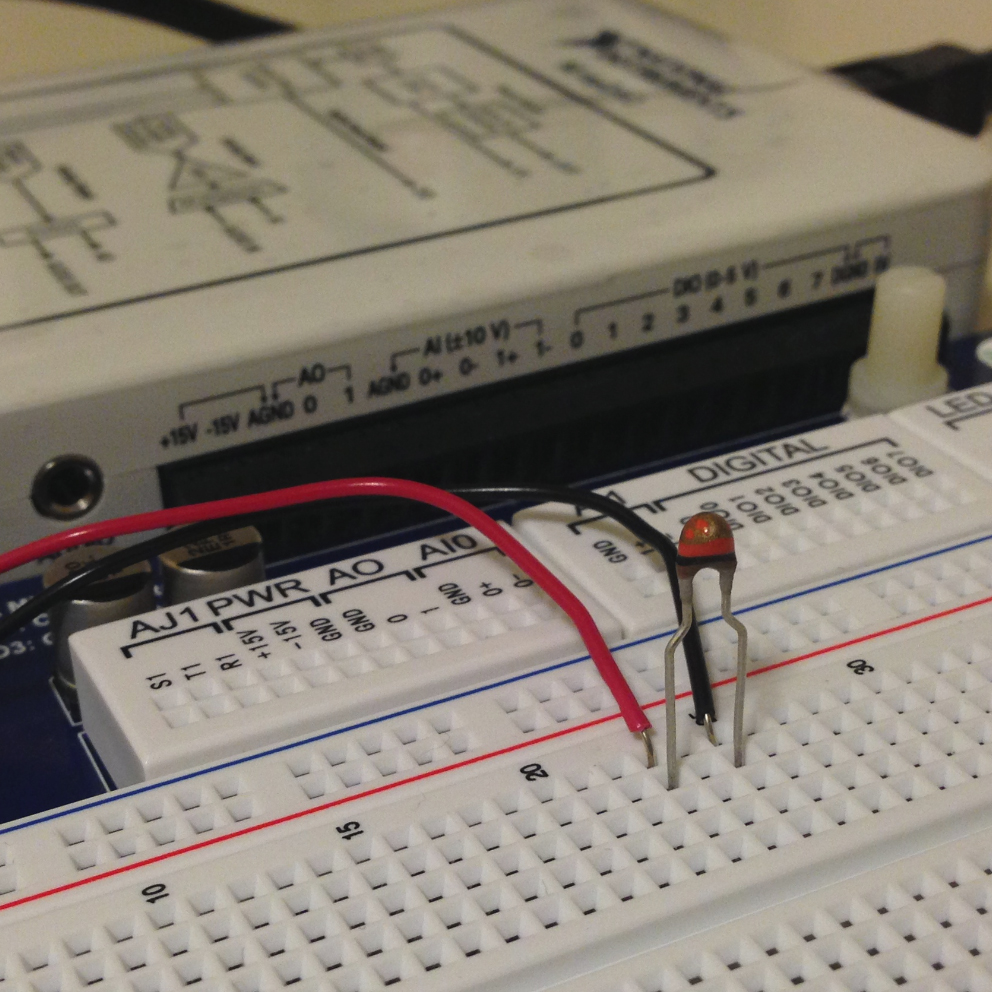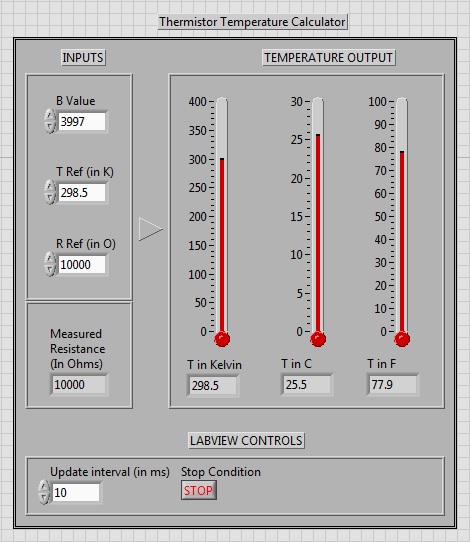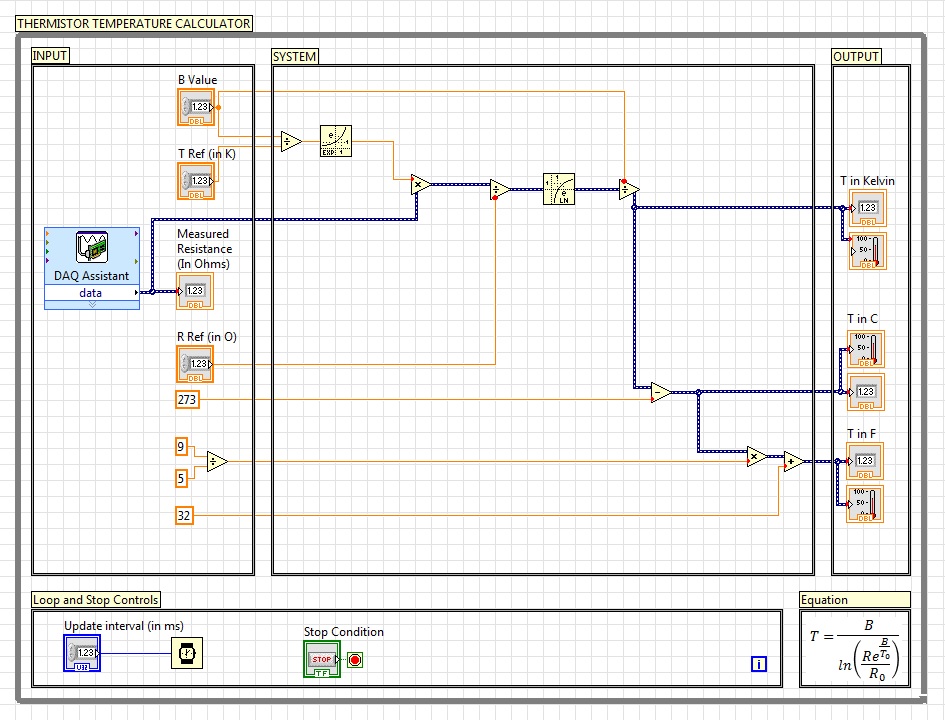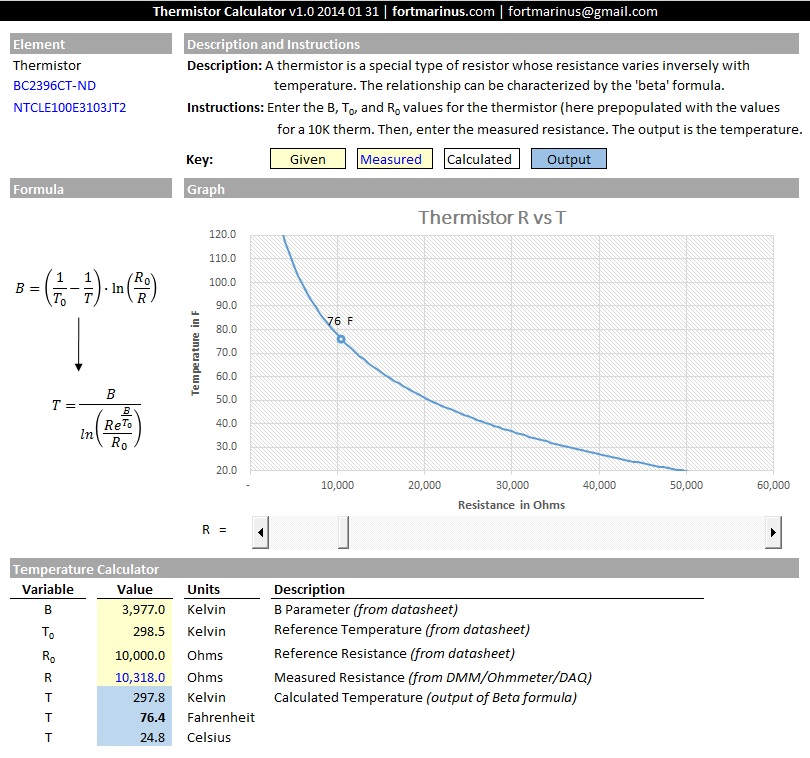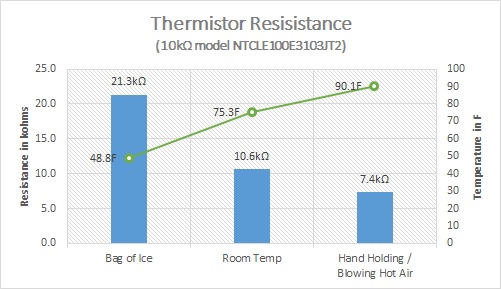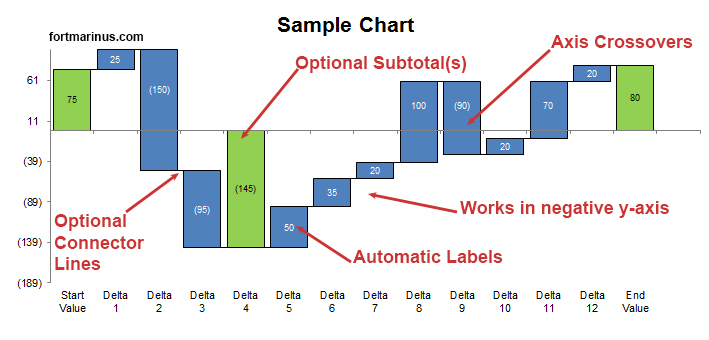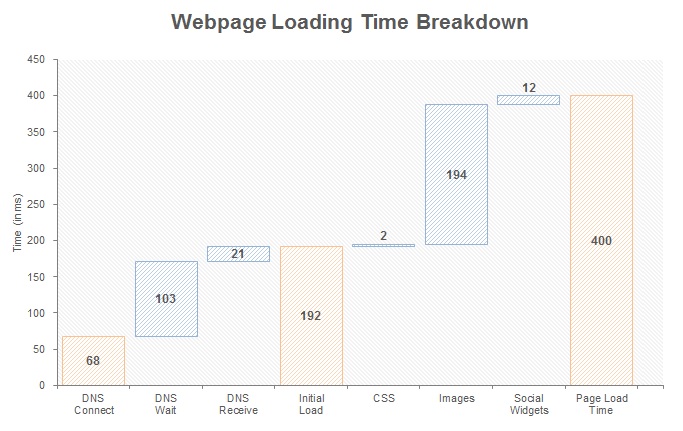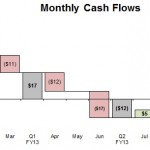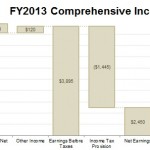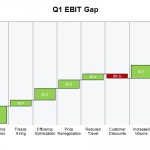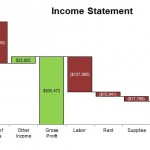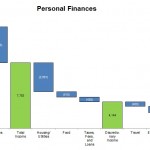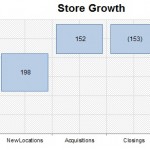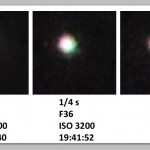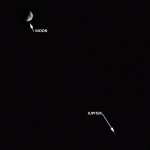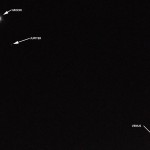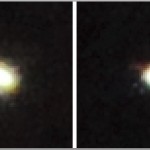Galaxy Empire
A resource for calculators, simulators, charts, formulas, and secrets.
Conquer the Galaxy, One Planet at a Time. In the near distant future, space exploration has evolved into a much more sophisticated nature as planets are colonized by humans in a fierce battle for resources and influence. Immerse yourself in intergalactic diplomacy as you manage your bases and natural resources while waging war against enemies.
Download: iOS Android
Note: This post was made for Galaxy Empire version 1.6. The information here is out of date. I do not plan on updating it. Thanks for your interest.
_______________________________________________________________________________________
Marinus’ Galaxy Empire Output Formulas and Calculator (v2.0) 2013 01 13
Fort Marinus has discovered the secret Galaxy Empire Output formulas for the Metal Mine, Crystal Mine, Gas Mine, Solar Plant, Solar Satellites, and the Fusion Reactor. With these formulas and associated tables, one can know the units of Gas, Metal, Crystal, and Energy produced per hour.
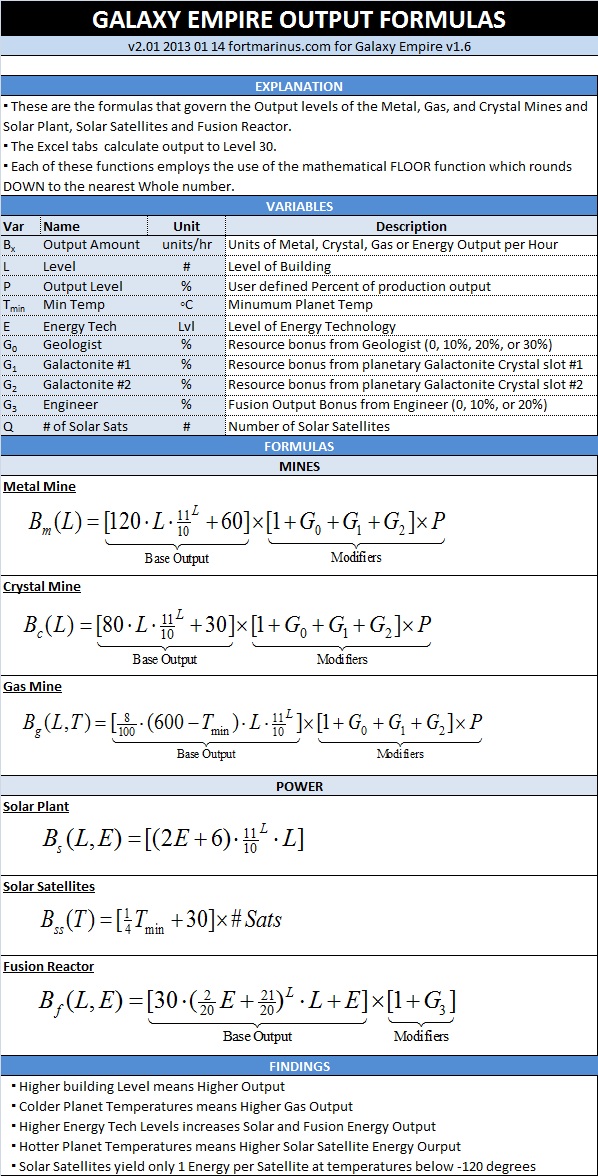
_______________________________________________________________________________________
Marinus’ Galaxy Empire Resource Calculator (v2.0) 2013 01 05
This tool allows you to calculate the amount of time it will take to gather a certain amount of resources. It will also show how many resources you will have gathered after a certain amount of time.

_______________________________________________________________________________________
Marinus’ Galaxy Empire Battle Calculator (BETA v0.1) 2012 10 26
This tool allows you to simulate the combat of Galaxy Empires. Input the number of each type of ship for each combatant and see who wins. Note: This calculator is in beta form, the formulas are not exactly correct, but they are close.
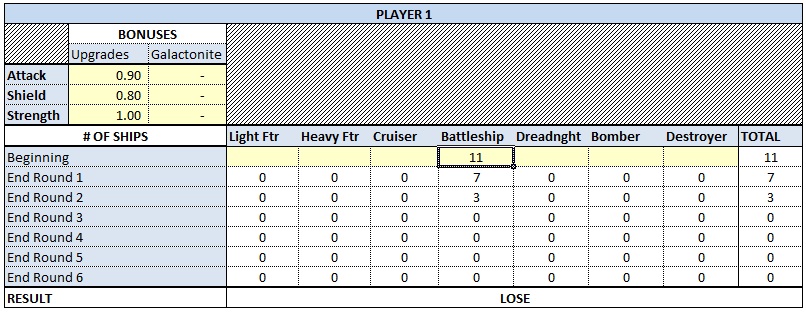
_______________________________________________________________________________________
Marinus’ Galaxy Empire Upgrade Cost Charts (v1.0) 2013 01 01
This Excel spreadsheet shows the costs for buildings and upgrades up to Level 30. It also explains the cost formula below in more detail.
Use this formula and schedule to calculate the cost of any building/technology upgrade.
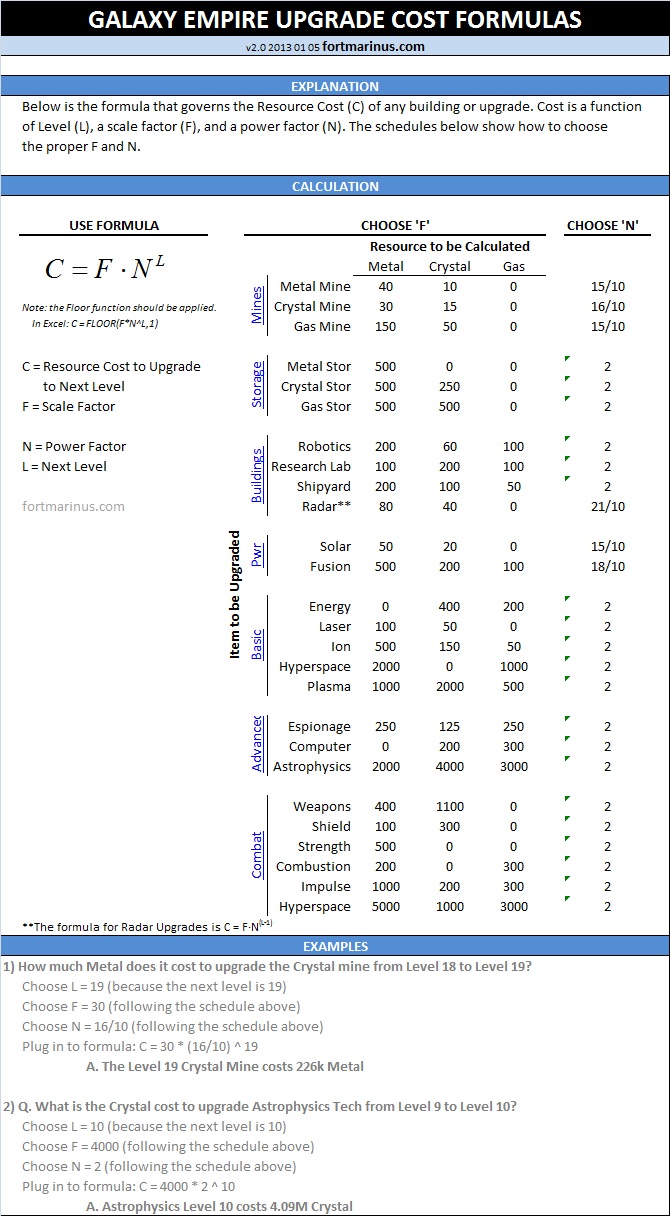
_______________________________________________________________________________________
Fuel Conversion Rate (v4.0) 2013 01 01
Whenever attacking an NPC planet, fuel (gas) is spent and loot is gained. The ‘Units of Loot gained per Unit of Fuel (gas) spent*’ is called the Fuel ‘Conversion’ Rate. Apparently, sending 20 ships or less results in a gain of 1.5 Metal plus 1.5 Crystal for every 1 unit of Fuel (Gas) spent. After 20 ships, the amount of loot gained decreases exponentially (?) along a ‘minimum loot curve’, however there seems to be a ‘chance’ to gain the maximum loot. *also the number of Ships sent
Takeaways:
– It is most efficient to send as few ships as possible.
– Sending more than 300-400 ships results in a net Loss of resources.
Still unknowns:
– What is the formula for the minimum loot curve?
– What is the ‘chance’ formula to gain minimum or maximum loot, or somewhere in-between?
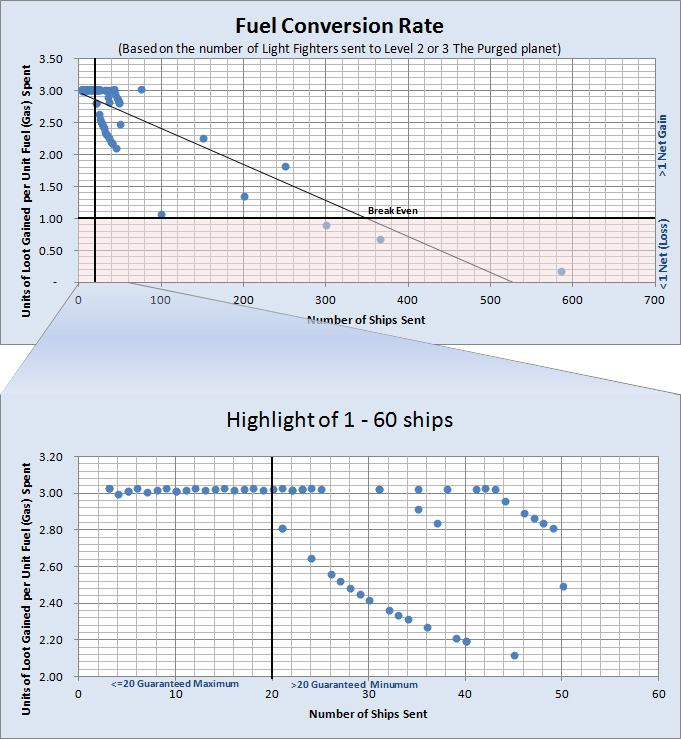
Notes:
These data were collected by attacking the Level 2 or Level 3 ‘The Purged’ planet with varying numbers of Light Fighters. No ships were lost in the attacks. Initial observations of repeating this experiment with Destroyers attacking the Level 11 ‘Pollution Origins’ planet show that sending 50 or less ships is highly likely to yield a maximum loot gain of 1.21 units of Metal plus 1.21 units of Crystal for every unit of Fuel (gas) spent. Sending more than ~250 ships results in a net Loss of resources.
_______________________________________________________________________________________
